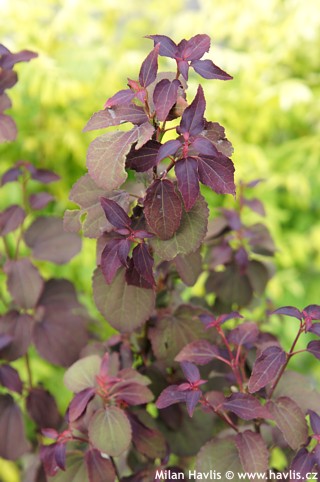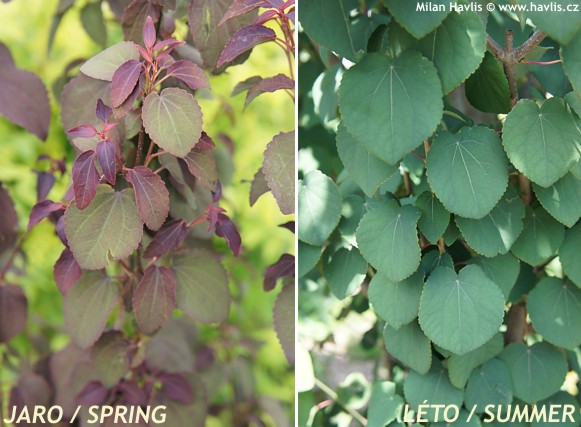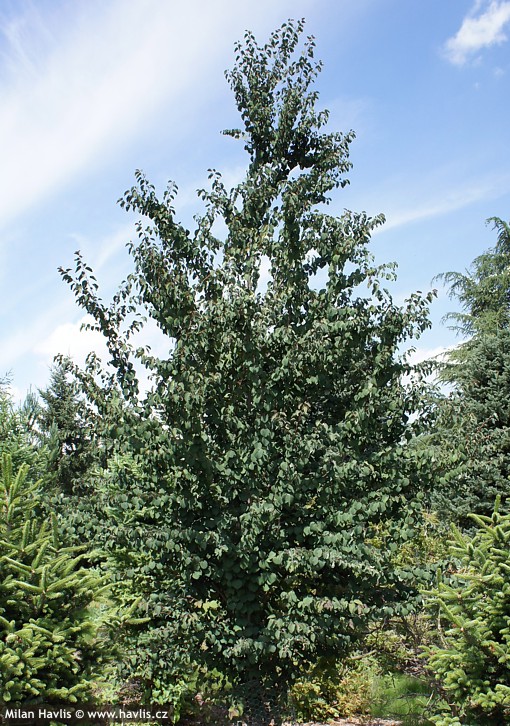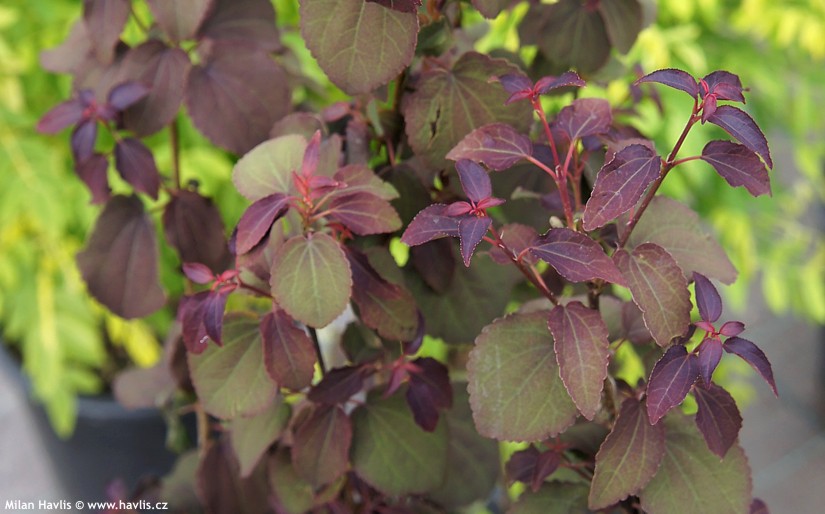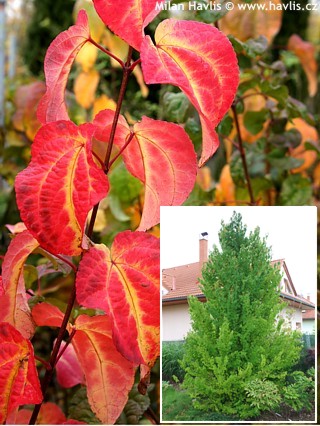Cercidiphyllum japonicum 'ROTFUCHS' katsura tree


Rotfuchs grows slower and narrower than green-leaved katsura tree. New growths are strictly upright, and not very long lateral branches become almost horizontal with age. It requires no pruning at all for a nice shape, though, it may be pruned to be kept smaller. Or, if you desire to see its red leaves again in summer, you can prune it lightly in early July.
Grow katsura tree in humus-rich, evenly moist but well-drained, acid or neutral soil, preferably in full sun. If placed in a position sheltered from strong winds it will keep its coloured autumn foliage remarkably longer (just like witch hazel). Hardy to about -34°C (USDA zone 4).
Last update 27-05-2013
Goods are shipped all over Europe. For Russia and U.K. and for further details please read about SHIPPING OPTIONS HERE.
Are you interested in a serious discount for orders NOV-FEB? Check your options here.
THE PRICES INCLUDE VAT of 15%. For quick conversion you can use 1 CZK = approx. 0.04 EUR
- STANDARD QUALITY - Plants of this group are 1st class quality with number of branches and overall density adequate to their size and age, considering they were container grown.
- DE LUXE QUALITY - This label guarantees a luxurious quality of manually selected plants that, compared to their height and age, are exceptionally dense and beautiful.
- EXTRA - These plants are usually mature and bigger specimens with exceptional overall appearance.
- STANDARD (as described in the plant form) means a tree with a trunk of 190-210 cm and a crown at the top, unless specified differently. The commercial size for trees is their girth measured in the height of 1m from ground.
- HOBBY - These plants are of the same quality as our standard-quality plants but younger and therefore cheaper.
- SHRUB - a woody plant with branches growing bushy from the ground level.
- HALF-STANDARD or MINI-STANDARD - a small tree with shorter trunk, its size is usually specified.
- FEATHERED - These are trees with branches growing already from the base of the trunk and up along the stem.
- GRASSES and PERENNIALS - Sizes given usually read the diameter of the pot or the clump, as specified.












